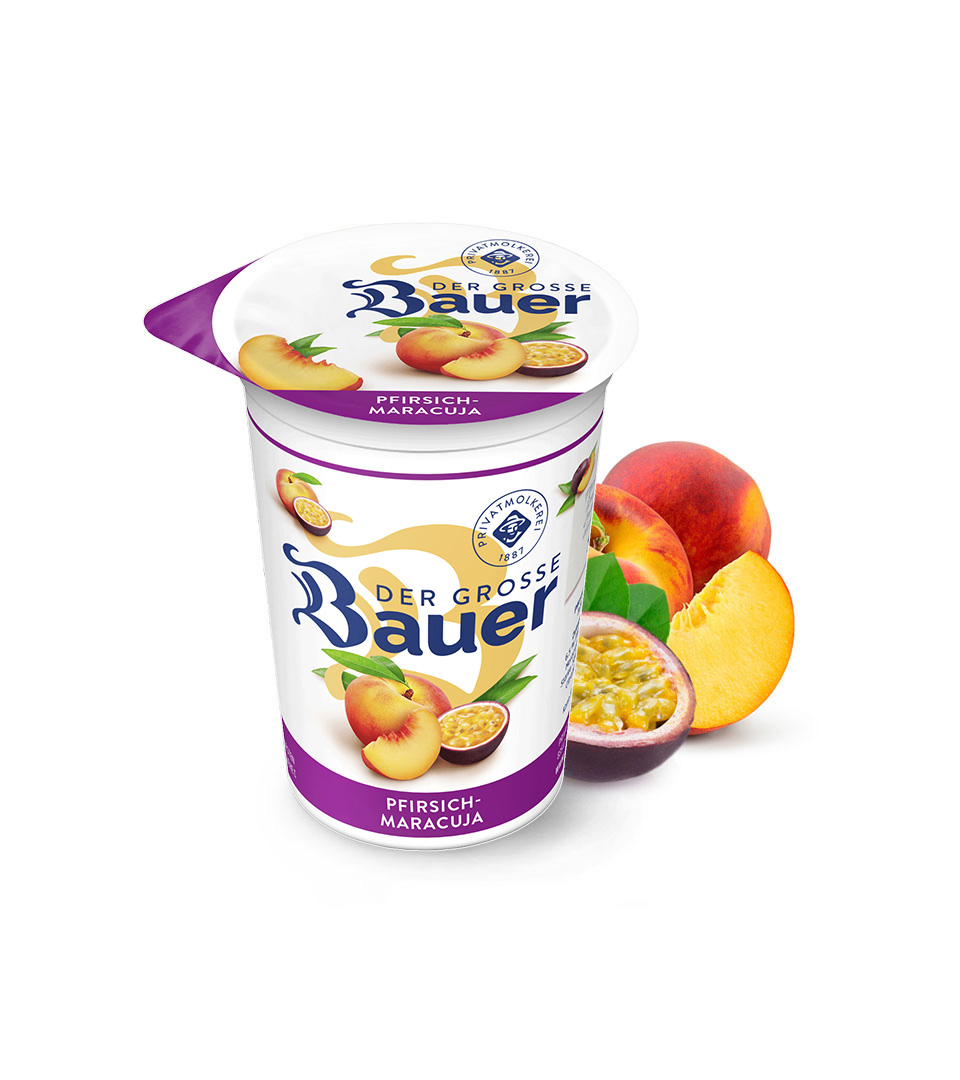
THE CLASSIC INDULGENCE
DER GROSSE BAUER PEACH-PASSION FRUIT
Our popular fruit yoghurt is made from Bavarian milk containing 3.5% fat in the milk portion plus fresh fruit, and it is free of gelatine or preservatives. This big helping of fruit yoghurt is available in many flavours – from fruity strawberry all the way to the exotic flavour pineapple-coconut.
Yoghurt: 250g
| Average values | 100g each |
|---|---|
| Calorific value (kcal / kJ) | 84/352 |
| Fat (g) | 2,9 |
| Total Fatty acids (g) | 2,0 |
| Carbohydrates (g) | 11,3 |
| Sugar (g) | 10,7 |
| Protein (g) | 3,2 |
| Salt (g) | 0,05 |
PEACH: SWEET, JUICY, AND RICH IN VITAMINS!
GOOD FOR SKIN AND EYES
It's no secret that peaches, with their firm, sweet, and juicy flesh, are a real delight. But what else they contain is also impressive: the vitamin A in peaches is good for both the skin and the eyes.
Peaches can also contribute significantly to cell protection. They are among the fruits that are particularly rich in vitamin E, with a notable 1 milligram per 100 grams. This is beneficial for the cells, as vitamin E protects against harmful free radicals and has a proven high anti-aging effect. It's no wonder people say "skin as smooth as a peach."
tHE ABCs OF VITAMINS IN PASSION FRUIT
GOOD FOR EYES AND IMMUNE SYSTEM
With vitamins A, B, and C, passion fruits are good for the skin and eyes, strengthen the nerves, and support the immune system. Passion fruits contain 108 micrograms of vitamin A per 100 grams, making them one of the fruits that help keep skin and mucous membranes healthy. Look at that! They also enhance eyesight.
When it comes to B vitamins, passion fruits have a bit of everything. This helps support the proper functioning of nerves, the brain, and metabolism. And while passion fruits may not be packed with vitamin C, they still provide 20% of the daily requirement of this immune-boosting vitamin per 100 grams of pulp.
THE PEACH
AND WHAT COLUMBUS HAS TO DO WITH IT
When you think of peaches, China might not be the first place that comes to mind, but peach cultivation began there over 4000 years ago. By around 300 BC, peaches had spread from China to Persia and Greece. A few hundred years later, the Romans also began cultivating peaches. From Italy, peach cultivation spread throughout Europe.
During his voyages to North America, Christopher Columbus had the idea of planting a peach tree in the so-called New World. A few centuries later, in 1565, the first peach plantation was established in Florida. By the 18th century, there were so many peach trees in the USA that botanists mistakenly believed they originally came from North America.
More Products
FRUIT – 250 G
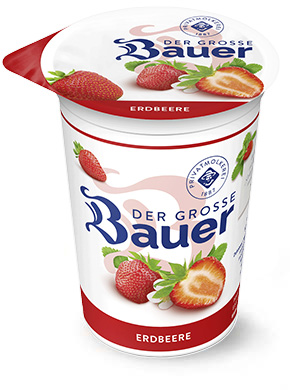
DER GROSSE BAUER
Strawberry
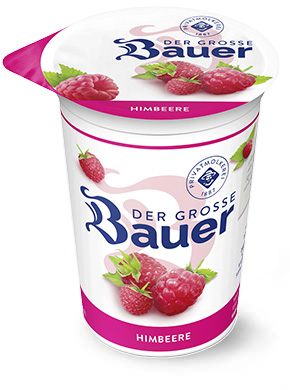
DER GROSSE BAUER
Raspberry
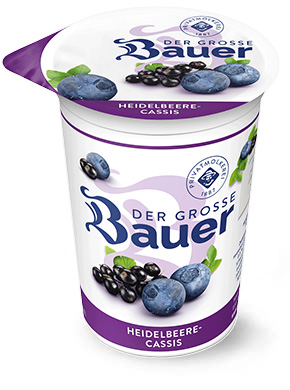
DER GROSSE BAUER
Blueberry-Cassis
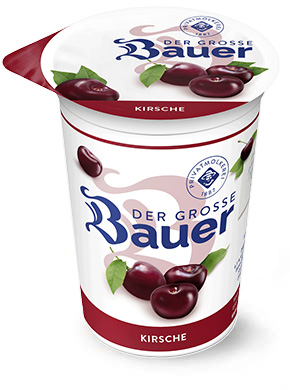
DER GROSSE BAUER
Cherry
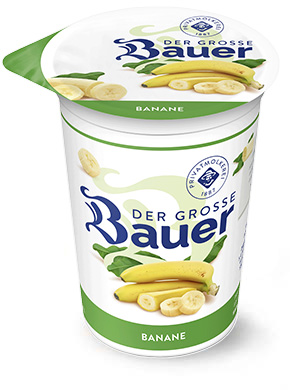
DER GROSSE BAUER
Banana
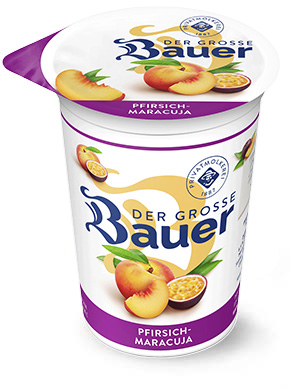
DER GROSSE BAUER
Peach-Passion Fruit
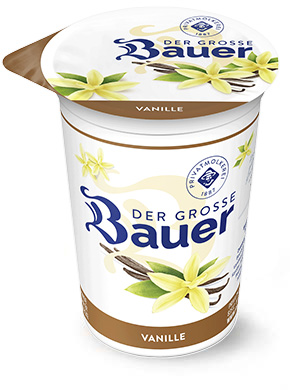
DER GROSSE BAUER
Bourbon Vanilla
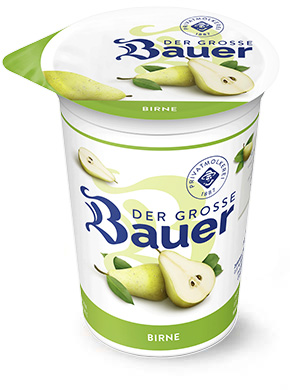
DER GROSSE BAUER
Pear

DER GROSSE BAUER
Pineapple-Coconut
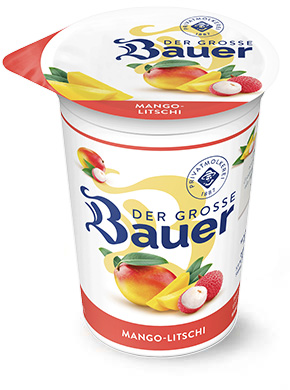
DER GROSSE BAUER
Mango-Lychee
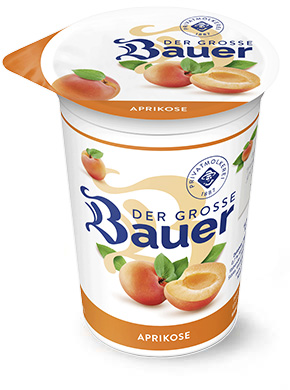
DER GROSSE BAUER
Apricot
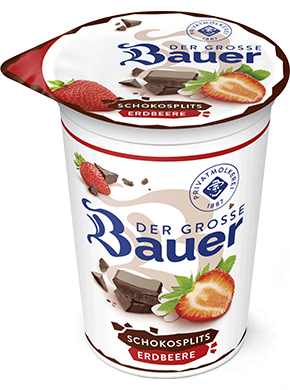
DER GROSSE BAUER
Strawberry-Chocolate Strips
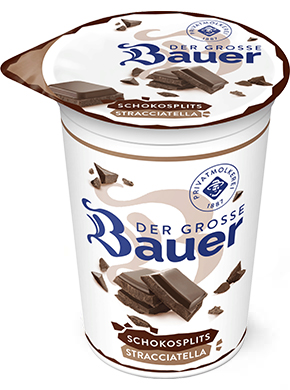
DER GROSSE BAUER
Stracciatella
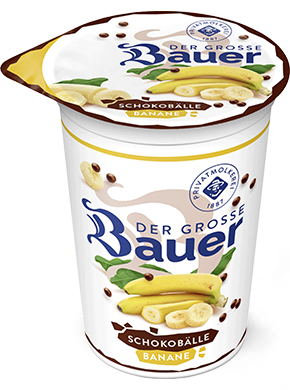
DER GROSSE BAUER
Banana-Chocolate Balls
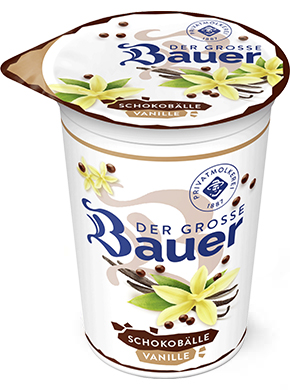
DER GROSSE BAUER
Vanilla-Chocolate Balls
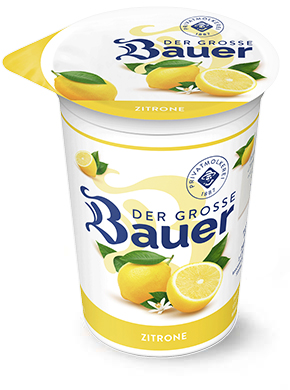
DER GROSSE BAUER
Lemon
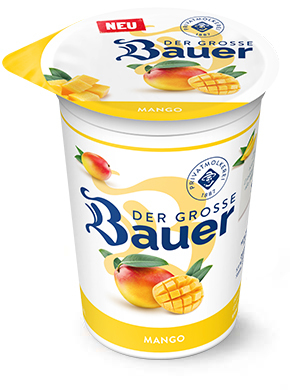
DER GROSSE BAUER
Mango
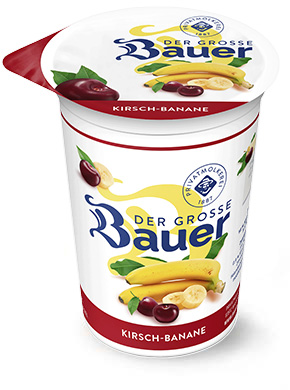
DER GROSSE BAUER
Cherry-Banana
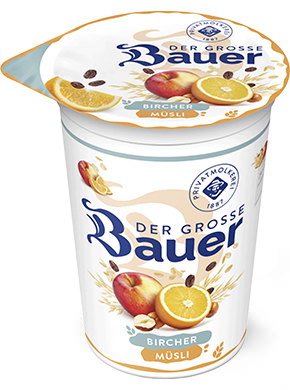
DER GROSSE BAUER
Bircher Muesli
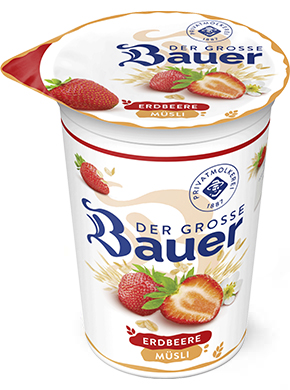
DER GROSSE BAUER
Strawberry Muesli
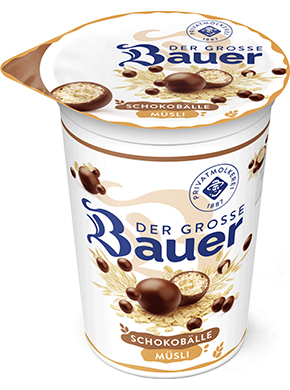
DER GROSSE BAUER
Chocolate Muesli
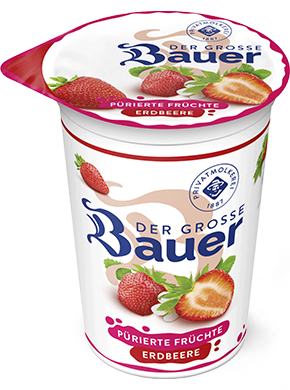
DER GROSSE BAUER
Strawberry
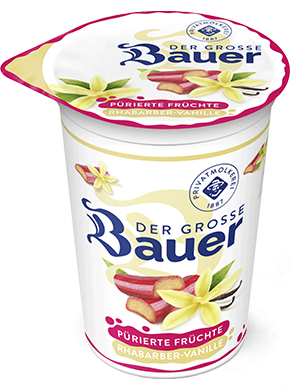
DER GROSSE BAUER
Rhubarb-Vanilla

DER GROSSE BAUER
Blood Orange-Acerola
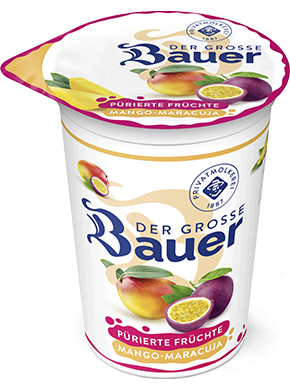
DER GROSSE BAUER
Mango-Passion Fruit
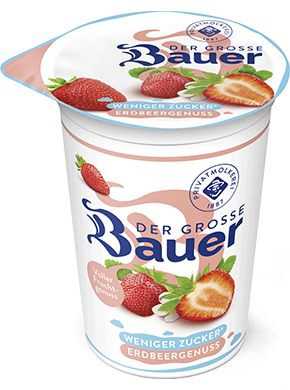
DER GROSSE BAUER
Strawberry
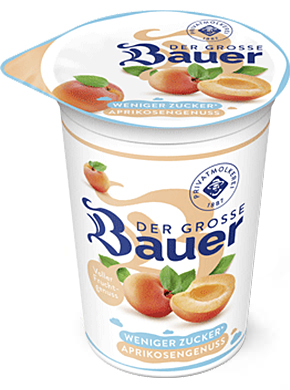
DER GROSSE BAUER
Apricot
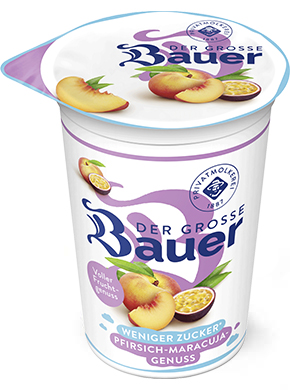
DER GROSSE BAUER
Peach-Passion Fruit
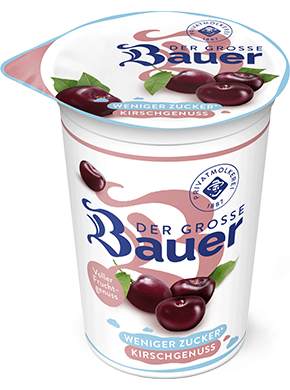
DER GROSSE BAUER
Cherry
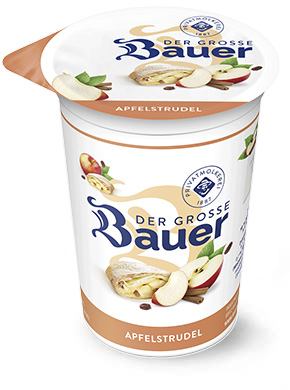
DER GROSSE BAUER
Apple-Strudel
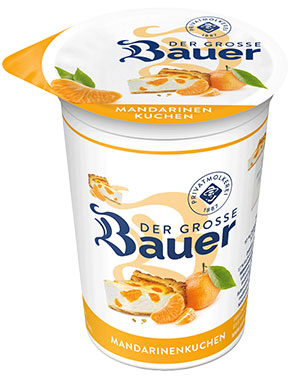
DER GROSSE BAUER
Mandarin Cake
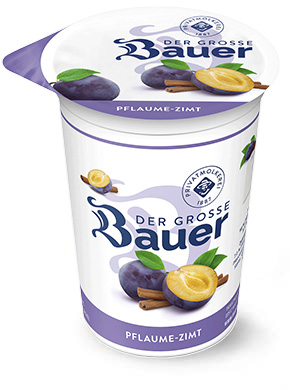
DER GROSSE BAUER
Plum-Cinnamon
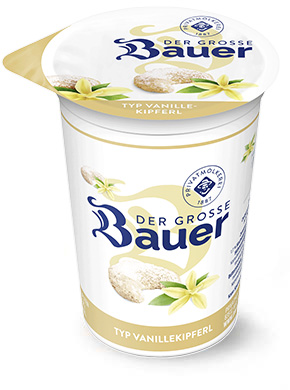
DER GROSSE BAUER
Vanillekipferl
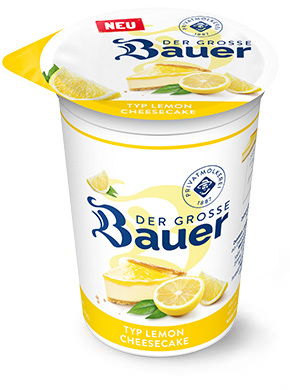
DER GROSSE BAUER
Lemon Cheesecake
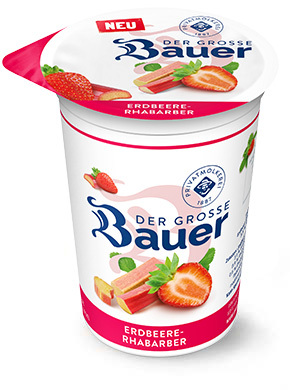
DER GROSSE BAUER
Erdbeere-Rhabarber

